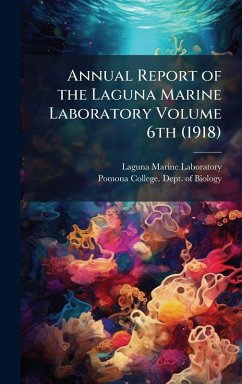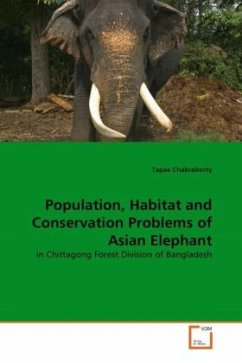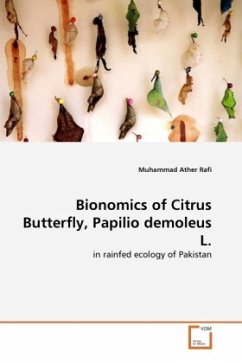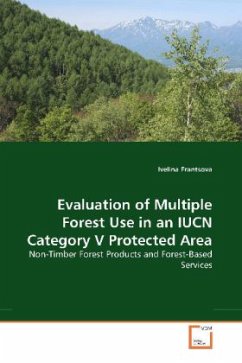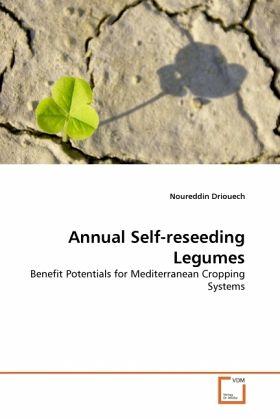
Annual Self-reseeding Legumes
Benefit Potentials for Mediterranean Cropping Systems
Versandkostenfrei!
Versandfertig in 6-10 Tagen
39,99 €
inkl. MwSt.

PAYBACK Punkte
20 °P sammeln!
Nitrogen-fixing legumes might supply the total amount of nitrogen needed by crops for their growth in a rotation program. This is why they may be considered as a key component of the Mediterranean natural resources for their agronomic, economic and environment contribution. This work investigated and explore the agronomic potential of seven annual self-reseeding legumes and their pre crop effect in Apulian cropping systems, South of Italy. Results showed that Trifolium spp. performed better than Medicago spp. By using 15N isotopic dilution method T. angustifolium specie fixed 146.7 kg.ha-1 of ...
Nitrogen-fixing legumes might supply the total amount of nitrogen needed by crops for their growth in a rotation program. This is why they may be considered as a key component of the Mediterranean natural resources for their agronomic, economic and environment contribution. This work investigated and explore the agronomic potential of seven annual self-reseeding legumes and their pre crop effect in Apulian cropping systems, South of Italy. Results showed that Trifolium spp. performed better than Medicago spp. By using 15N isotopic dilution method T. angustifolium specie fixed 146.7 kg.ha-1 of nitrogen symbiotically (BNF), and produced 8.7 t.ha-1 of dry matter (DM). In contrast, M. polymorpha was the less performing (0.3 t.ha-1 of DM and 11.5 kg.ha-1 of BNF). The regenerated species induced positive pre crop effect on succeeding vegetable crops. Zucchini and lettuce marketable yield were significantly increased, respectively in average 53% and 24% over the control. It was concluded that T. angustifolium had the greatest potential for further development in Apulian environment. The book will be useful for researchers, students and farmers interested in sustainable agriculture.



